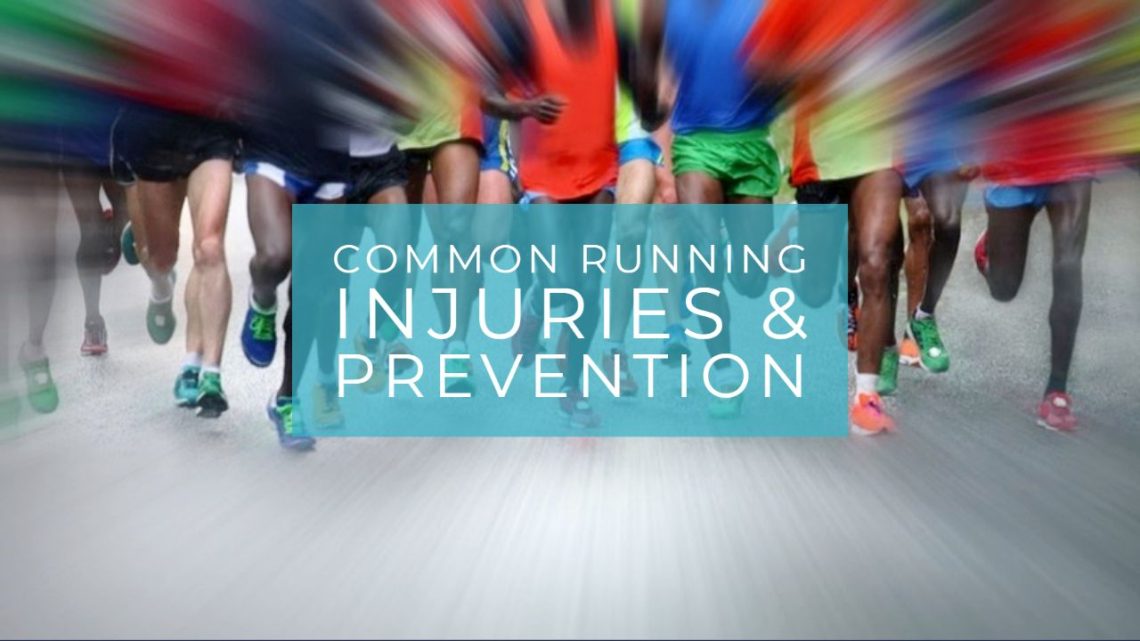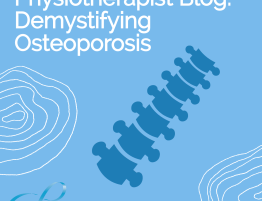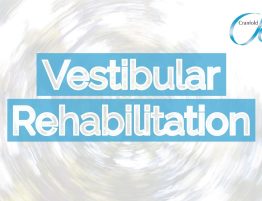
Most Common Running Injuries
Anterior knee pain – Pain at the front of the knee when running, prolonged sitting and on climbing stairs may suggest anterior knee pain. This is common with running due to the demands on the knees. Although, this does not mean it is damaging to your knees longer term. Treatment may include strengthening the hips/bottom and thighs, i.e., squat variations or side stepping with band around ankles and managing training load.
Achilles Tendinopathy – Pain into the Achilles may be suggestive of a tendinopathy. A tendinopathy presents with a change in tendon structure, that may present following an increase in running volume or speed. Tendons are strong and resilient structures. Therefore, a progressive strength-based routine to improve the capacity of this tendon for the desired amount of running is encouraged.
Plantar Fasciitis – Pain under the foot, often at the heel but can run through the inner arch, with a similar presentation to a tendinopathy. Treatment may involve calf and foot stretches, heel raise variations, orthosis, footwear choice and possibly taping.
Hamstring pain – This is often due to a mismatch between running requirement and current tissue capabilities. Physiotherapy will help to identify specific structures and discuss hamstring involvement during running. Exercises to strengthen the hamstring may include single leg dead lifts, Nordic hamstring curls and hamstring bridging.
Bone stress – A bone stress injury can present when the body is not handling the amount of activity that is it undergoing. There are several factors that can influence this. It is important that this is recognised by a Physiotherapist or medical professional as this can progress to a stress fracture. The most common sites are feet, shins, and hips. Treatment may involve load management and strengthening.
Iliotibial band syndrome (ITB) – The ITB is a strong fibrous tissue spanning the outside of the thigh and attaches to the outside of the knee. It appears that certain factors can cause compression to the distal part of this structure causing pain. Management has evolved to a focus towards strength, training specifics and lower limb control.
Shin Splints – (medial tibial stress syndrome) is pain on the shin bone around the inside border of the bone. This is due to irritation where the muscles attach to the tibia (shin). This can occur when you have suddenly increased your mileage or are a beginner, but can also occur due to other factors including reduced calf strength. Treatment may involve a change in training load, ice, stretching ad strengthening.#
How can Physiotherapy help?
Physiotherapists at Cranfold can help identify your problem, assess which structures need addressing and plan the necessary steps to maximise your recovery and get you back to running pain free.
Dynamic Warm-Up Exercises
You should begin your training session with a few dynamic warm-up exercises. These get your blood circulating before you run
Running Butt Kicks
- Run forward and kick the heels to the buttocks.
- Try to move the opposite arm at the same time of the leg that goes back.
- Keep the torso upright and stand tall as you do the movement.
Heel Raises
- Stand upright and raise onto the balls of your feet.
- Lower yourself and repeat.
High Knees
- Run with high knees, keeping a tall posture
Write a comment:
You must be logged in to post a comment.








